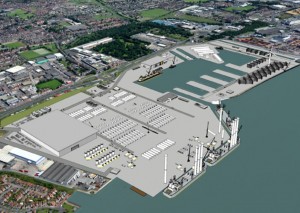
The Interview begins before you even say your first word. They’ll be sizing you up as you walk across the room to shake hands. Be conscious of how you look and what you’re doing, and try not to overlook the verbal and non-verbal signals you’re sending out in the rush to parade your carefully prepared answers before them.
Pace yourself
Speak deliberately more slowly than you would normally. There’s a trick here. You’ll be revved up as you go in, so you will naturally speak more quickly than normal. If you concentrate on pronouncing your words individually, you’ll actually be speaking at a normal speed.
Think of good speakers you’ve experienced throughout your education or working life. You’ll remember the ones who were more focused and engaging. That’s not to say they were the funniest, loudest or most entertaining, but they were almost certainly the most animated. Focus, you’re not there to entertain – so leave the jokes at the door – but you are there to look like you want the job. Concentrate on that and let your commitment and energy shine through.
Non-verbal signals
A firm but not crushing handshake is the one to go for. The ‘wet fish’ technique is a guaranteed turn off.
Don’t slouch in your chair, whether in reception or the interview room. Slouching says “I don’t care” and should be reserved for lazy Sundays on the sofa. Walk and sit up straight.
Always look the interviewer in the eye. Be confident, and don’t stare past your questioner or at the floor. Avoid glancing nervously around the room as this is the classic sign of someone with something to hide. If there is more than one interviewer, make sure you look at each of them when answering questions and keep your eyes on their face.
To find out what to do with your hands, watch yourself in a mirror or the office window when you’re on the phone – you’ll use some of the same gestures when you’re talking. It’s fine to gesture with your hands, but don’t overdo it.
Don’t fidget and don’t play around with your hair, pen, nails, chair, jiggle your knees, tap your leg or anything else. It drives people crazy and will distract them from what you’re saying.
Be aware of how you are sitting, moving and the general impression you’re giving out. So smile occasionally; it will make you all feel better.







